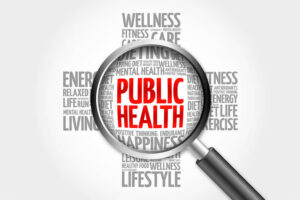Critical aseptic incidents in breast surgery as potential risks for surgical site infections.
The aim of this presentation is to investigate critical aseptic incidences as potential risks for surgical site infections (SSI) in breast surgery. As part of a quality improvement project supervising nurses (SN) assessed the aseptic practices (AP) realized during breast operations (N=31). During their interview the nurses looked a video focusing on the AP reflected it by answering the open-ended questions, e.g.: “What is important in the aseptic practice?” The material served a context for the clinical feedback of adherence to the AP-recommendations documented during the program.
In our previous results, the SNs revealed stress as a prominent AP-related issue during the breast operations. This presentation focuses on AP as technical performance potentially relating to SSIs in breast surgery. Our previous findings of data comprising all operation related documents of more than 900 breast operated patients identified several patient and procedure specific factors as risks for SSI. In this study, these findings used as a frame of reference for the SSI-risks.
This presentation introduces critical aseptic incidences analysed from the anonymized
digital interview texts (1306 pages, Ariel 11, space 1) transcripted from the video recorded interviews by using the classical Critical Incident Technique (CIT) introduced by Flanagan in 1954. In this study, the interview texts were analysed by asking a question “What aseptic incidents the supervising nurses consider important in breast surgery?” The Baseline model for intraoperative aseptic practices published by the author used as a theoretical structure for the textual analysis and reporting of the critical aseptic incidents.
The trustworthiness criteria of Lincoln and Guba implemented in reflecting the Credibility, Transferability, Dependability and Confirmability of the study. The Medical research ethics committee of Helsinki and Uusimaa hospital region confirmed the legal use of the anonymous data in this study. Results of this study produced a structured set of critical aseptic incidents in breast surgery serving a baseline for the designs and sets of variables for future infection control and prevention research and inter-professional education in the assistance of virtual reality technology for example.



